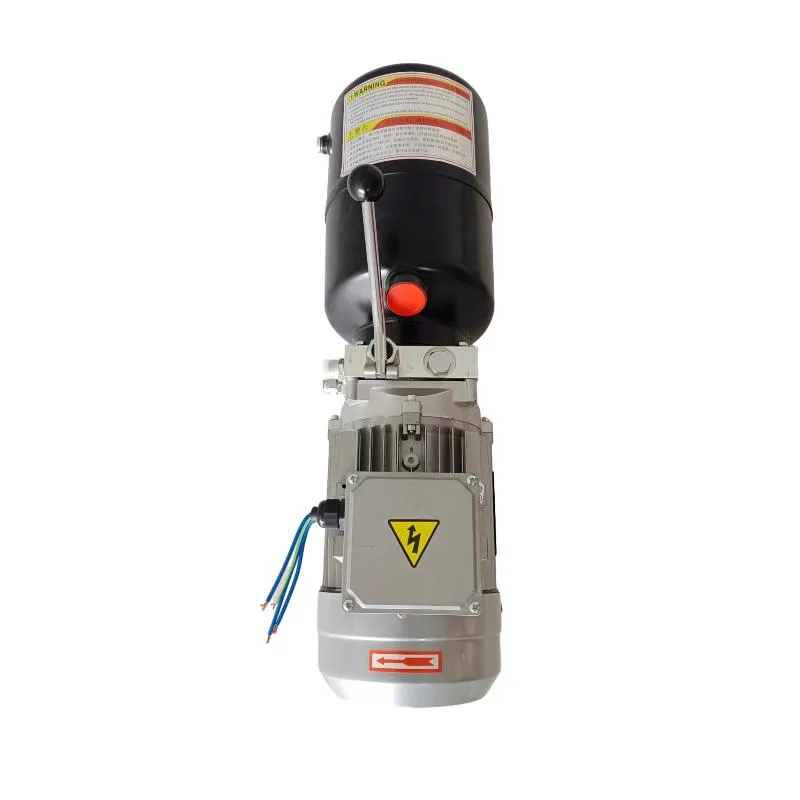ஆக . 07, 2024 16:20 Back to list
Exploring the Design and Applications of Hydraulic Cylinder Cross-Section Components in Engineering
Understanding the Cross-Section of Hydraulic Cylinder Products
Hydraulic cylinders are an essential component in hydraulic systems, widely utilized in various industrial applications, such as construction, manufacturing, and automotive sectors. These devices convert hydraulic energy into mechanical energy, enabling heavy machinery to perform tasks that would otherwise be impossible with manual labor. A critical aspect of hydraulic cylinders is their cross-section, which plays a significant role in their overall performance, efficiency, and durability.
The cross-section of a hydraulic cylinder refers to the shape and dimensions of the cylinder when cut vertically, allowing for an analysis of its internal and external features. Engineers meticulously design these cross-sectional profiles to optimize hydraulic flow, minimize friction, and ensure structural integrity under high pressure. The most common shapes for hydraulic cylinders include cylindrical and rectangular cross-sections, each with its advantages and applications.
One of the key factors influencing the performance of hydraulic cylinders is the bore diameter, which is the internal diameter of the cylinder barrel. A larger bore diameter allows for the movement of a more significant volume of hydraulic fluid, translating to higher force output. However, an oversized bore can lead to increased weight and potentially unnecessary costs. Therefore, engineers must carefully balance bore size with the required force output for specific applications.
Another critical element of the cross-section is the piston design. The piston is the moving part within the hydraulic cylinder, and its shape significantly impacts the efficiency of fluid transfer. Most hydraulic pistons feature a circular cross-section, facilitating smooth movement within the cylinder. However, various piston designs, including multi-stage pistons and special geometries, can be employed to enhance sealing and reduce leakage, increasing overall efficiency.
cross section of hydraulic cylinder products

Seals and gaskets are additional components that must be considered when analyzing the cross-section of hydraulic cylinders. These elements are responsible for preventing hydraulic fluid from leaking out and contaminants from entering the system. The design and placement of these seals can significantly impact the cylinder’s performance and lifespan. Engineers must choose materials and geometries that can withstand the pressures and temperatures typical of the operating environment, ensuring reliable operation over time.
Moreover, the cross-section also includes considerations for the rod, which connects the piston to the external load. The diameter of the rod is crucial as it must be robust enough to handle the tensile and compressive forces during operation yet light enough to minimize inertia. The material and finish of the rod also play a vital role in preventing wear and ensuring durability, particularly in harsh working conditions.
In addition to these functional aspects, the aesthetic appeal of hydraulic cylinders can also be influenced by their cross-sectional design. Manufacturers increasingly recognize that visually appealing designs can enhance marketability and product differentiation. The use of advanced materials and coating technology can enhance appearance while improving performance.
In conclusion, the cross-section of hydraulic cylinder products is a vital consideration encompassing various engineering principles. From determining bore size and piston design to ensuring effective sealing and rod dimensions, each aspect significantly influences the efficiency, durability, and overall functionality of hydraulic systems. As technology advances, innovation in cross-sectional designs will continue to enhance the performance of hydraulic cylinders, meeting the increasing demands of modern industries. Understanding these elements is essential for engineers, manufacturers, and users alike to ensure the reliability and effectiveness of hydraulic systems in a myriad of applications.
-
1.5 Ton Flipping Oil Cylinder 70/82-40-217-720-Hebei Shenghan Hydraulic Machinery|Precision Hydraulic Cylinder,Custom Hydraulic Solutions
NewsAug.29,2025
-
1.5 Ton Flipping Oil Cylinder 70/82-40-217-720 | Hebei Shenghan Hydraulic Machinery Co., Ltd.
NewsAug.29,2025
-
High-Precision [90/105-50-180-480] Industrial Component | Durable & Reliable
NewsAug.27,2025
-
High-Performance Set of 50/60-45-290 471 | Durable & Reliable Components
NewsAug.26,2025
-
Efficient Pallet Truck Power Units - Reliable Hydraulic Systems
NewsAug.25,2025
-
Premium Set of 50/60-45-290 471 Parts | High Performance
NewsAug.24,2025
